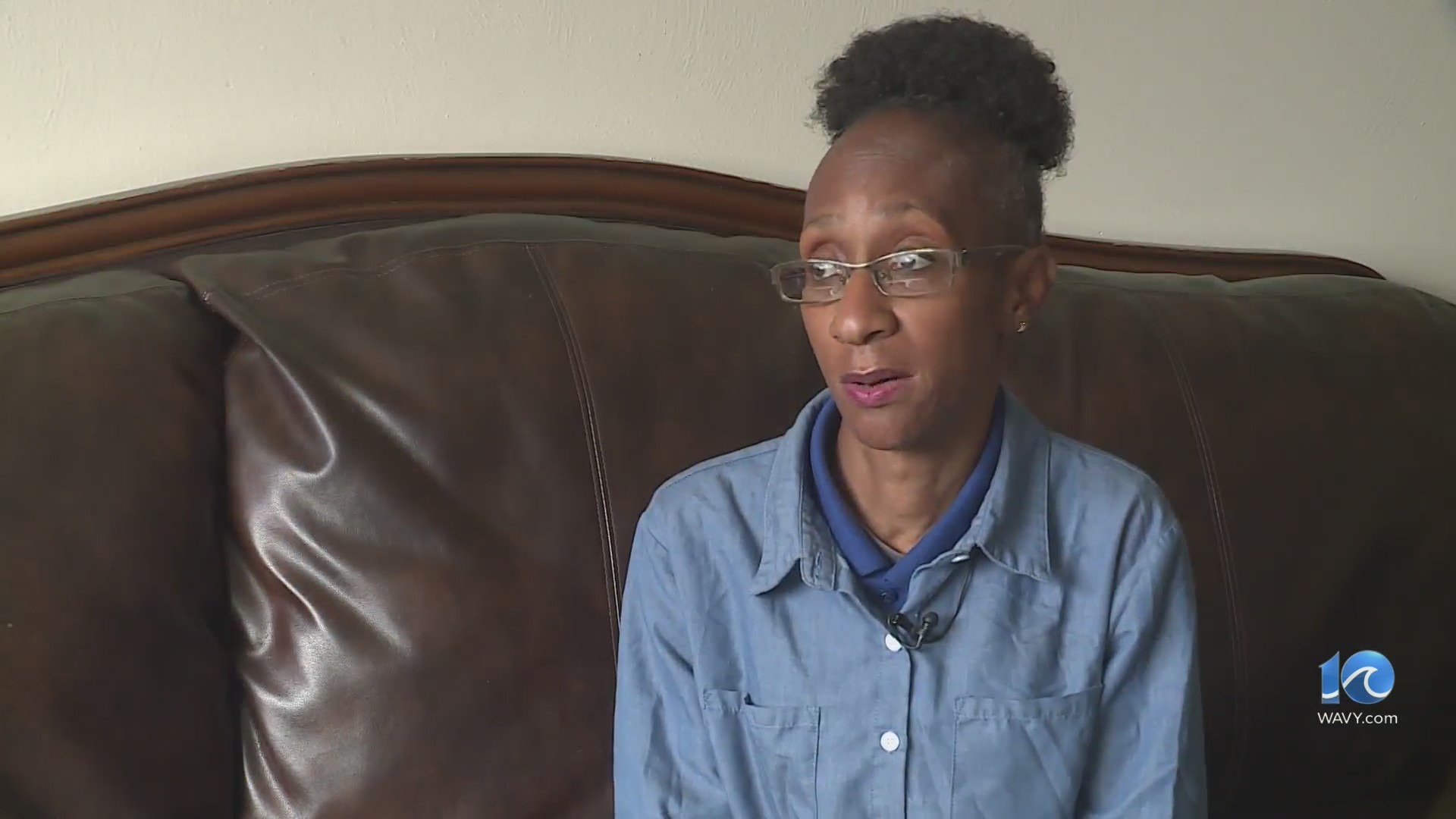DENVER (KDVR) — It’s almost April and that means Tax Day is right around the corner.
Wallet Hub did a study recently on the biggest tax burdens for each state based on property taxes, individual income taxes, and total sales and excise tax.
Unlike the tax rate, which can be affected by a number of individual circumstances, the tax burden measures “the proportion of total personal income that residents pay toward state and local taxes,” the report’s author explained.
New York topped the list for the state with the biggest tax burden. Alaska came in as the state with the lowest tax burden, according to the study.
Here’s a look at Wallet Hub’s tax burden ranking for each state:
| Overall Rank* | State | Total Tax Burden (%) | Property Tax Burden (%) | Individual Income Tax Burden (%) | Total Sales & Excise Tax Burden (%) |
|---|---|---|---|---|---|
| 1 | New York | 12.75% | 4.43% (6) | 4.90% (1) | 3.42% (25) |
| 2 | Hawaii | 12.70% | 2.55% (34) | 3.18% (8) | 6.97% (1) |
| 3 | Maine | 11.42% | 5.48% (1) | 2.51% (21) | 3.43% (24) |
| 4 | Vermont | 11.13% | 5.31% (2) | 2.49% (22) | 3.33% (27) |
| 5 | Minnesota | 10.20% | 2.93% (22) | 3.74% (5) | 3.53% (22) |
| 6 | New Jersey | 10.11% | 4.98% (4) | 2.54% (20) | 2.59% (43) |
| 7 | Connecticut | 10.06% | 4.16% (7) | 3.07% (11) | 2.83% (41) |
| 8 | Rhode Island | 9.91% | 4.48% (5) | 2.31% (28) | 3.12% (34) |
| 9 | California | 9.72% | 2.76% (30) | 3.80% (4) | 3.16% (32) |
| 10 | Illinois | 9.70% | 3.98% (8) | 2.22% (30) | 3.50% (23) |
| 11 | Maryland | 9.47% | 2.61% (33) | 4.07% (3) | 2.79% (42) |
| 12 | New Mexico | 9.37% | 2.04% (42) | 1.75% (37) | 5.58% (4) |
| 13 | Iowa | 9.34% | 3.42% (14) | 2.57% (18) | 3.35% (26) |
| 14 | Kansas | 9.34% | 3.11% (18) | 2.43% (23) | 3.80% (18) |
| 15 | Utah | 9.19% | 2.36% (37) | 3.17% (9) | 3.66% (19) |
| 16 | Mississippi | 9.16% | 2.84% (23) | 1.70% (39) | 4.62% (7) |
| 17 | West Virginia | 9.08% | 2.28% (40) | 2.76% (14) | 4.04% (12) |
| 18 | Nebraska | 9.01% | 3.69% (10) | 2.41% (24) | 2.91% (39) |
| 19 | Ohio | 8.99% | 2.78% (27) | 2.60% (17) | 3.61% (21) |
| 20 | Wisconsin | 8.92% | 3.17% (16) | 2.83% (13) | 2.92% (38) |
| 21 | Massachusetts | 8.80% | 3.49% (12) | 3.35% (6) | 1.96% (45) |
| 22 | Arkansas | 8.77% | 1.77% (46) | 2.24% (29) | 4.76% (6) |
| 22 | Kentucky | 8.77% | 1.99% (44) | 3.16% (10) | 3.62% (20) |
| 24 | Louisiana | 8.75% | 1.95% (45) | 1.74% (38) | 5.06% (5) |
| 25 | Oregon | 8.65% | 3.14% (17) | 4.39% (2) | 1.12% (50) |
| 26 | Pennsylvania | 8.57% | 2.81% (25) | 2.57% (18) | 3.19% (30) |
| 27 | Colorado | 8.52% | 2.97% (20) | 2.32% (27) | 3.23% (29) |
| 28 | Indiana | 8.42% | 2.34% (38) | 2.17% (32) | 3.91% (15) |
| 29 | Arizona | 8.39% | 2.50% (35) | 1.60% (40) | 4.29% (8) |
| 30 | Washington | 8.37% | 2.63% (32) | 0.00% (44) | 5.74% (3) |
| 31 | Michigan | 8.25% | 3.09% (19) | 2.19% (31) | 2.97% (36) |
| 32 | Texas | 8.22% | 3.97% (9) | 0.00% (44) | 4.25% (11) |
| 33 | Nevada | 8.19% | 2.03% (43) | 0.00% (44) | 6.16% (2) |
| 34 | Virginia | 8.18% | 2.97% (20) | 2.92% (12) | 2.29% (44) |
| 35 | North Carolina | 8.16% | 2.19% (41) | 2.65% (16) | 3.32% (28) |
| 36 | Georgia | 8.01% | 2.68% (31) | 2.38% (25) | 2.95% (37) |
| 37 | North Dakota | 8.00% | 2.77% (28) | 0.95% (41) | 4.28% (9) |
| 38 | Missouri | 7.80% | 2.30% (39) | 2.36% (26) | 3.14% (33) |
| 39 | South Carolina | 7.67% | 2.80% (26) | 2.03% (33) | 2.84% (40) |
| 40 | Idaho | 7.59% | 2.39% (36) | 2.03% (33) | 3.17% (31) |
| 41 | Oklahoma | 7.47% | 1.74% (48) | 1.90% (36) | 3.83% (17) |
| 42 | Alabama | 7.41% | 1.41% (50) | 2.00% (35) | 4.00% (13) |
| 43 | Montana | 7.39% | 3.45% (13) | 2.66% (15) | 1.28% (47) |
| 44 | South Dakota | 7.12% | 2.84% (23) | 0.00% (44) | 4.28% (9) |
| 45 | Florida | 6.64% | 2.77% (28) | 0.00% (44) | 3.87% (16) |
| 46 | New Hampshire | 6.41% | 5.11% (3) | 0.14% (42) | 1.16% (49) |
| 47 | Wyoming | 6.32% | 3.32% (15) | 0.00% (44) | 3.00% (35) |
| 48 | Delaware | 6.22% | 1.77% (46) | 3.28% (7) | 1.17% (48) |
| 49 | Tennessee | 5.75% | 1.71% (49) | 0.06% (43) | 3.98% (14) |
| 50 | Alaska | 5.06% | 3.54% (11) | 0.00% (44) | 1.52% (46) |
The study also looked at how states voted in the 2020 presidential election and found that blue states had a higher average tax burden than red states.
While some states have higher tax burdens than others, they can still be seen as fair rates to some.
Donald Bruce, associate director of the Boyd Center for Business & Economic Research at the University of Tennessee, says that fairness is in the eye of the beholder when it comes to taxes.”
“Some people see a tax as fair when everyone pays the same percentage tax rate, while others define fairness differently and want to see the tax burden rise as a share of income,” Bruce said. “Sales and property taxes are seen as fair to some because everyone generally pays the same tax rate.
Some disagree, Burden added, because the share of income represented by sales tax – the tax burden – diminishes the more money people have.
“Income taxes are broadly seen as more fair because they usually involve graduated marginal tax rates,” Bruce continued. “In other words, those with more income pay a higher percentage of that income in taxes.”
Tax Day is April 18.











































































































